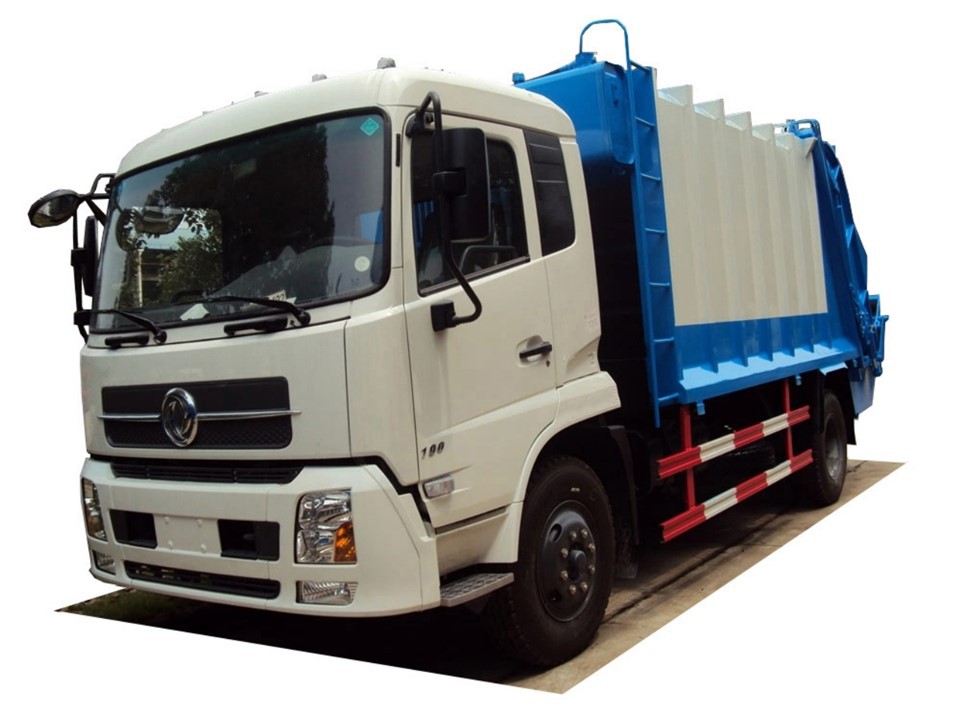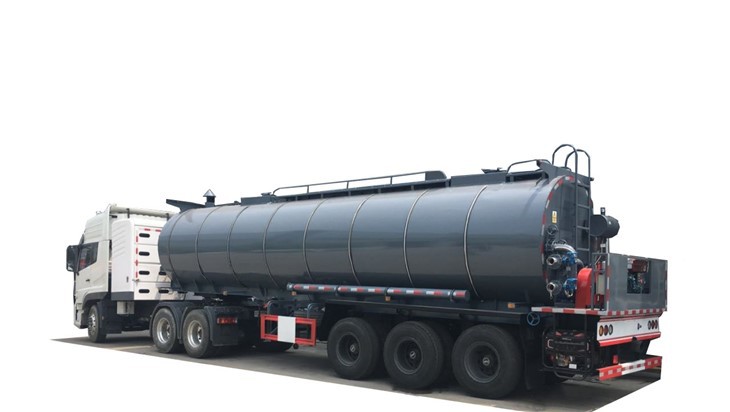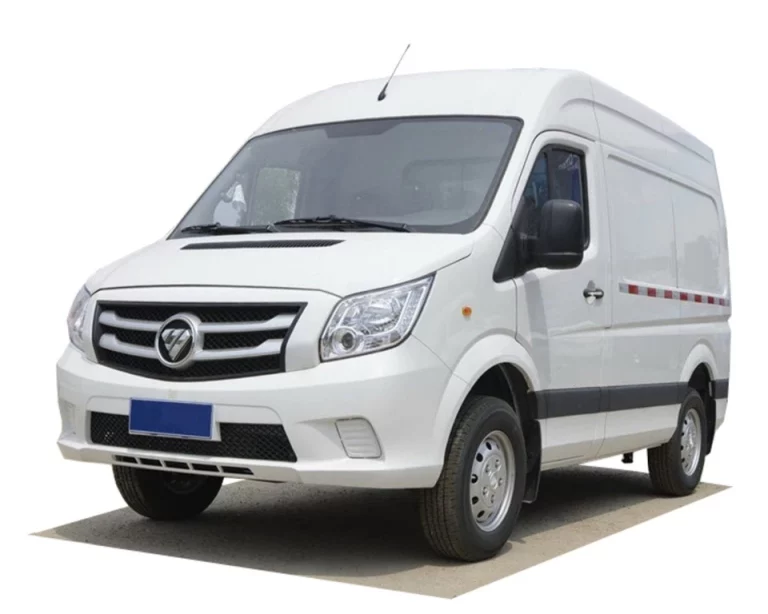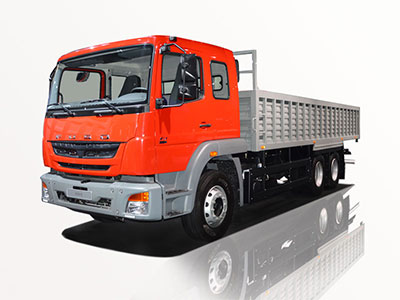Brake retarders have become an essential component in the world of heavy-duty vehicles. These devices enhance vehicle safety and efficiency, particularly in mountainous or hilly terrains. This article delves into what brake retarders are, how they function, their types, advantages, maintenance, and a lot more. By the end, you will have a solid understanding of brake retarders and their importance in modern transport.
1. Understanding Brake Retarders
1.1 Definition of Brake Retarders
Brake retarders, also known as engine brakes or exhaust brakes, are devices designed to assist in slowing down heavy vehicles. They reduce the need for traditional friction brakes, thereby extending their lifespan and enhancing safety during braking.
1.2 Importance of Brake Retarders
Brake retarders play a crucial role in vehicle dynamics, particularly in preventing brake overheating. In heavy-duty trucks and buses, overheating brakes can lead to brake fade, reducing stopping efficiency and creating hazardous driving conditions.
2. How Brake Retarders Work
2.1 Basic Operating Principle
Brake retarders use the vehicle’s engine or drivetrain to slow down the vehicle. By manipulating exhaust gases or the engine’s operation, these devices create resistance that aids in deceleration.
2.2 Key Components
- Engine: The main part of the brake retarder, where the process begins.
- Exhaust System: Essential for exhaust brake systems, where back pressure is generated.
- Control Module: Regulates the functioning of the retarder, allowing for efficient operation.
3. Types of Brake Retarders
3.1 Engine Brakes
Engine brakes, often found in diesel engines, utilize engine compression to create a retarding force. They engage when the driver releases the accelerator and the engine speed decreases.
3.2 Exhaust Brakes
Exhaust brakes use back pressure in the exhaust system to slow down the engine. This type is most effective in reducing speed without generating excessive heat.
3.3 Hydraulic Retarders
This type uses hydraulic fluid to create resistance, slowing the vehicle using a hydraulic pump. They are known for providing smoother deceleration.
3.4 Electric Retarders
Electric retarders use electrical energy to create a magnetic field that slows the vehicle down. They are increasingly popular in hybrid and electric vehicles.
4. Advantages of Brake Retarders
4.1 Improved Safety
By providing additional deceleration, brake retarders reduce the risk of accidents caused by brake failure or overheating.
4.2 Extended Brake Life
Using brake retarders decreases the reliance on traditional brakes, thereby prolonging their lifespan and reducing maintenance costs.
4.3 Enhanced Performance
Brake retarders allow for smoother transitions when slowing down, which improves overall vehicle handling and performance.
4.4 Efficiency in Steep Terrain
For heavy-duty vehicles, brake retarders are invaluable on steep gradients, enabling controlled descents without excessive speed buildup.
5. Practical Examples of Brake Retarders in Use
5.1 Real-World Application in Trucks
Heavy trucks equipped with exhaust brakes can effectively manage their speed while descending steep hills, allowing drivers to maintain control.
5.2 Buses and Brake Retarders
Public transportation buses often utilize hydraulic retarders to provide smoother rides for passengers, especially in urban areas with frequent stops.
6. Maintenance of Brake Retarders
6.1 Regular Inspections
Inspecting brake retarders during routine vehicle checks is essential to ensure functionality. Look for signs of wear or damage in components.
6.2 Fluid Changes for Hydraulic Systems
Hydraulic retarders require regular fluid changes to maintain performance and avoid contamination that could lead to failures.
6.3 System Calibration
Periodically recalibrating the control module will ensure that the brake retarder functions correctly and effectively responds to driver inputs.
7. Comparison Table: Types of Brake Retarders
| Type | Operating Principle | Advantages | Common Applications |
|---|---|---|---|
| Engine Brake | Engine compression | High effectiveness | Heavy trucks |
| Exhaust Brake | Back pressure in exhaust | Prevents brake overheating | Trucks, buses |
| Hydraulic Retarder | Hydraulic fluid resistance | Smoother deceleration | Buses, heavy vehicles |
| Electric Retarder | Magnetic fields | Environmentally friendly | Electric and hybrid vehicles |
8. Tips for Using Brake Retarders Effectively
8.1 Understand Terrain Conditions
Recognizing when and where to use the brake retarder will enhance its effectiveness while preventing unnecessary wear.
8.2 Gradual Engagement
Gradually engaging the brake retarder allows for smoother deceleration, reducing stress on the vehicle’s components.
8.3 Combine with Friction Brakes
Utilize brake retarders in conjunction with traditional brakes to maximize stopping power, especially in emergency situations.
9. FAQ Section
9.1 What is the main purpose of brake retarders?
The main purpose of brake retarders is to assist in slowing down heavy vehicles, improving safety and reducing the wear on traditional brakes.
9.2 Can brake retarders be installed on any vehicle?
No, brake retarders are typically installed in heavy-duty vehicles, such as trucks and buses, where their benefits can be fully realized.
9.3 Do brake retarders require regular maintenance?
Yes, like any mechanical system, brake retarders require regular inspection and maintenance to ensure they function correctly and efficiently.
9.4 What is the difference between exhaust brakes and engine brakes?
Exhaust brakes utilize back pressure in the exhaust system to slow the vehicle, while engine brakes use engine compression for deceleration.
9.5 Are brake retarders effective on flat terrain?
While brake retarders are primarily designed for hilly or mountainous terrain, they can still be beneficial on flat terrain by enhancing overall braking performance.
9.6 Is it legal to use brake retarders in residential areas?
Regulations vary by location. In some areas, using brake retarders may be restricted due to noise concerns; thus, it’s essential to check local laws.



